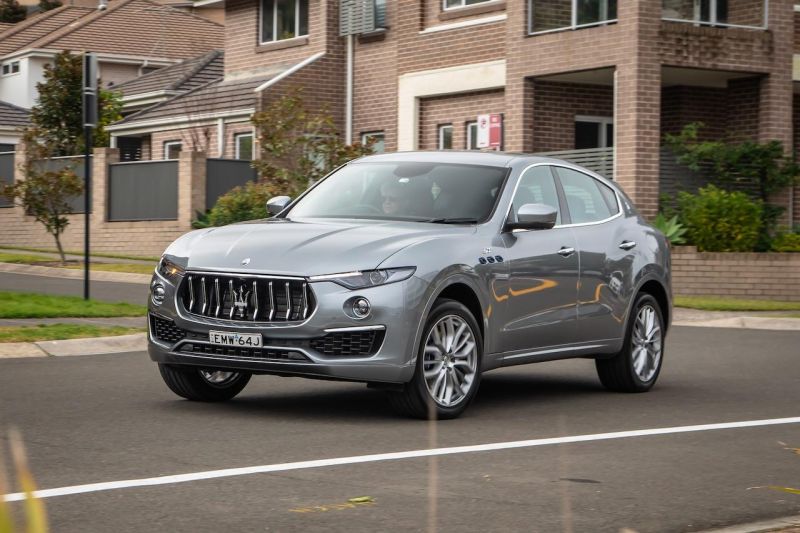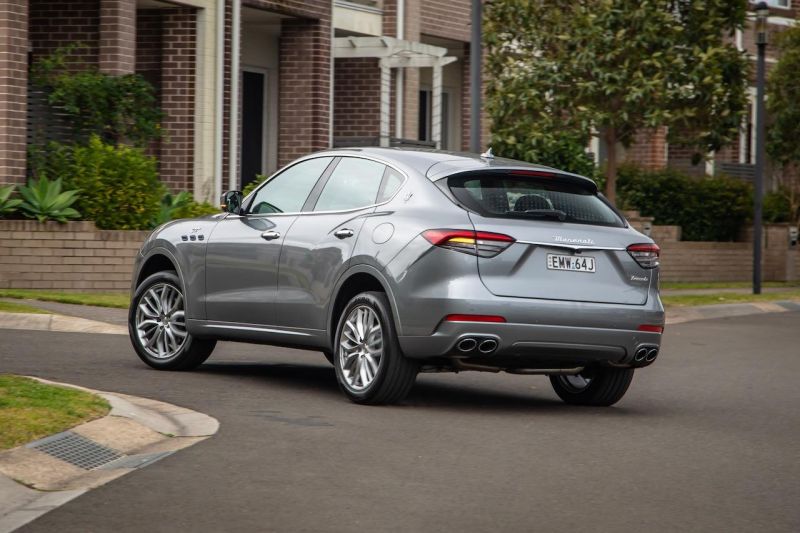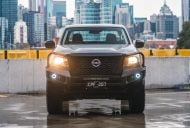The second-generation Maserati Levante will be available as an EV, but it seems as though it may also be available with internal combustion engines (ICE) in some markets.
According to Autocar the new Levante will use a modified version of Alfa Romeo’s Giorgio rear- and all-wheel drive architecture.
The Maserati-fettled version of the platform has already been used underneath the smaller Grecale crossover, as well as the new GranTurismo coupe. It is also expected to underpin the next-generation Quattroporte sedan as well.
While details about the new Levante’s drivetrains haven’t been revealed, the British magazine believes the crossover will be available with a number of electric drivetrains, all of which will use Folgore branding.
All EV variants are expected to feature all-wheel drive, with the range-topping model expected to use the same tri-motor system as the GranTurismo Folgore, which is rated at 560kW (610kW on overboost) and 1350Nm.
The top-spec Levante Folgore could also use a new, more energy-dense battery that’s set to debut in the Quattroporte Folgore.
It’s unclear which, if any, ICE options will be available in the Levante.
The smaller Grecale is available with 221kW/450Nm and 242kW/450Nm versions of the company’s 2.0-litre turbocharged four-cylinder mild hybrid drivetrain, as well as 390kW/620Nm 3.0-litre twin-turbo V6.
Meanwhile the GranTurismo uses versions of the twin-turbo V6 making either 365kW/600Nm or 410kW/650Nm.
The next-generation Levante is expected to debut some time around the middle of the decade.
While Levante and other upcoming Maserati models will use a EV-capable version of Alfa’s Giorgio platform, Maserati’s parent company, Stellantis, is also working on the more advanced STLA Large EV-first architecture.
STLA Large will underpin the production version of the Dodge Charger Daytona SRT concept. Depending on spec-level, the Charger will use either a 400V or 800V drivetrain system, and be available with up to 660kW.
If all goes according to plan, production of the Charger EV will begin in 2024.
While STLA Large has been touted primarily as an EV architecture, it does support petrol engines, although Dodge’s boss claims there are currently no plans to do so.









